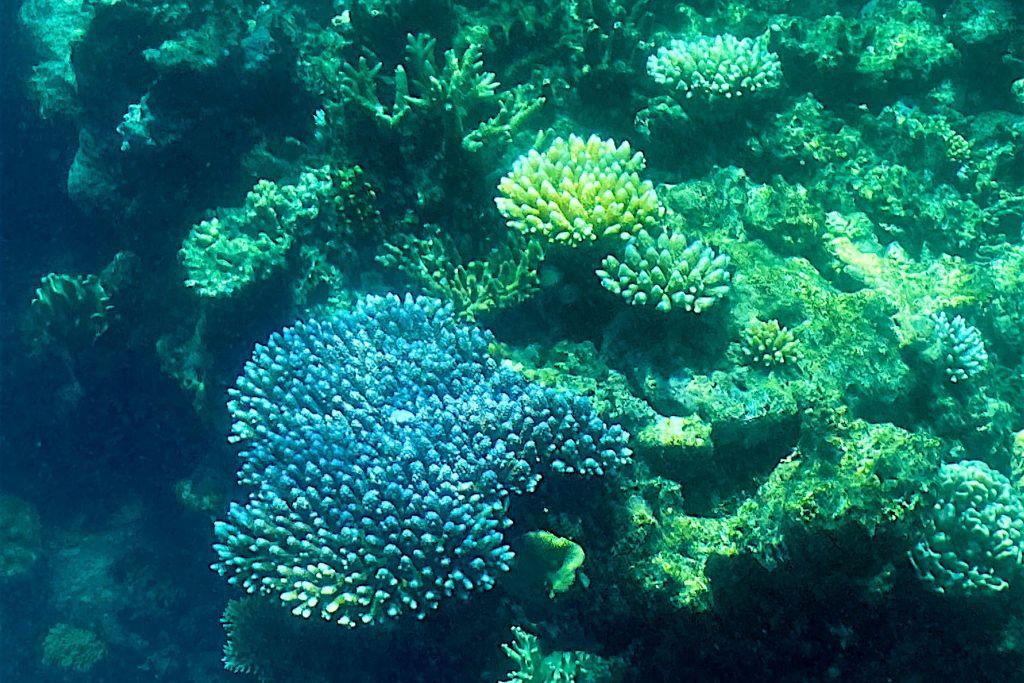Two-thirds of the Great Barrier Reef shows the highest levels of coral cover since monitoring of the world’s largest coral reef system began 36 years ago, according to a report by the Australian Institute of Marine Science (AIMS).
Between August 2021 and May, the 87 representative reefs surveyed revealed average hard coral cover in the northern region increased to 36 percent from 27 percent in 2021, while the central region increased to 33 percent from 26 percent in 2021.





